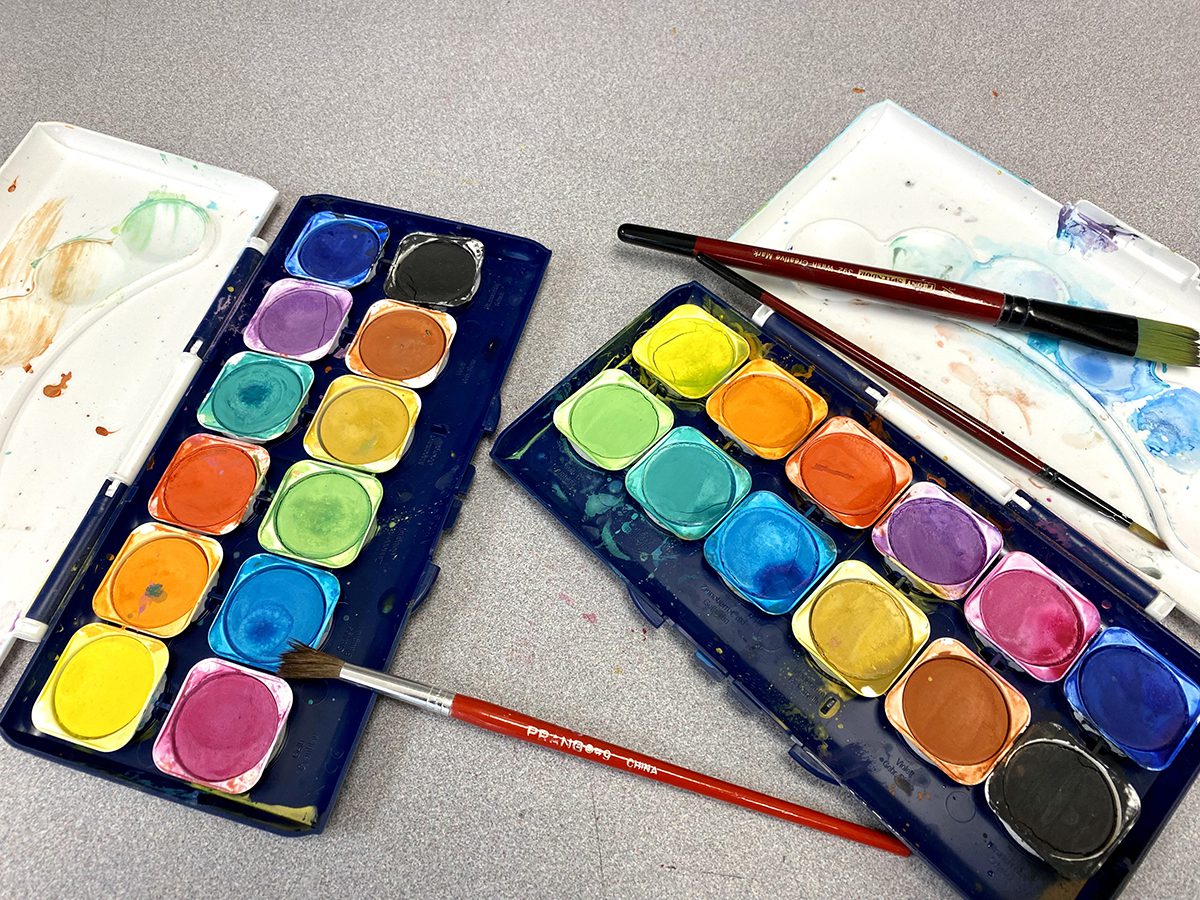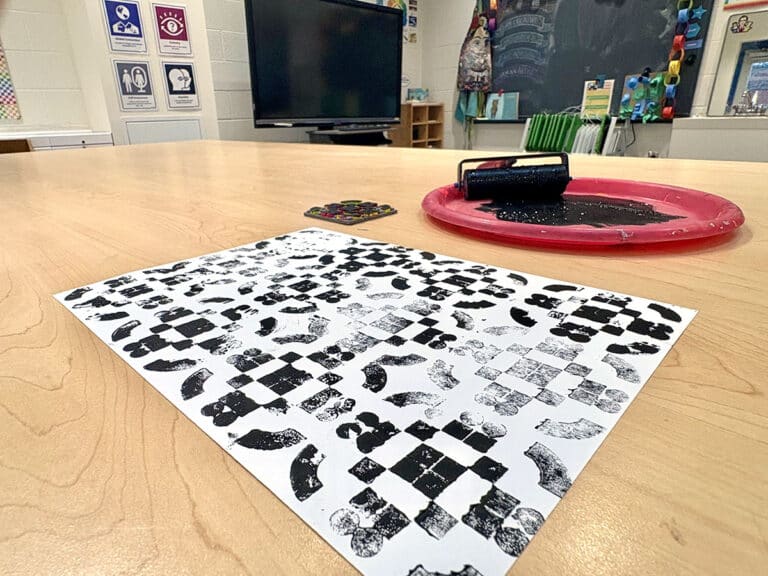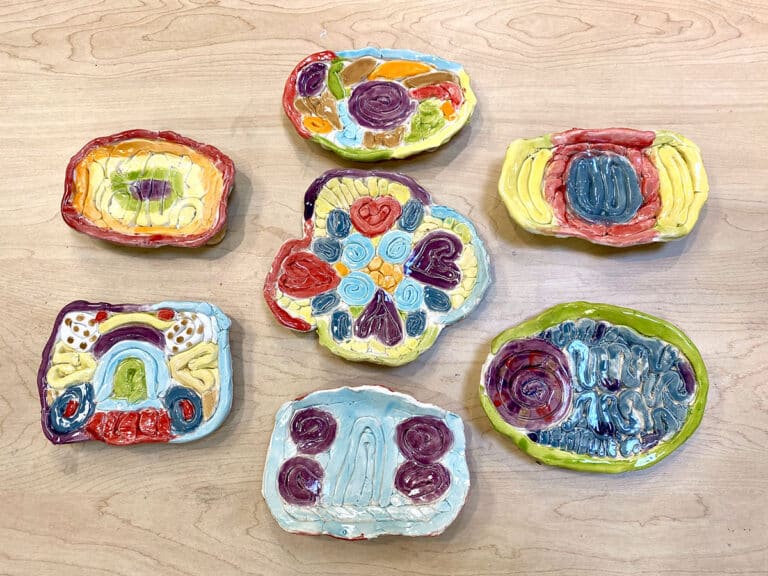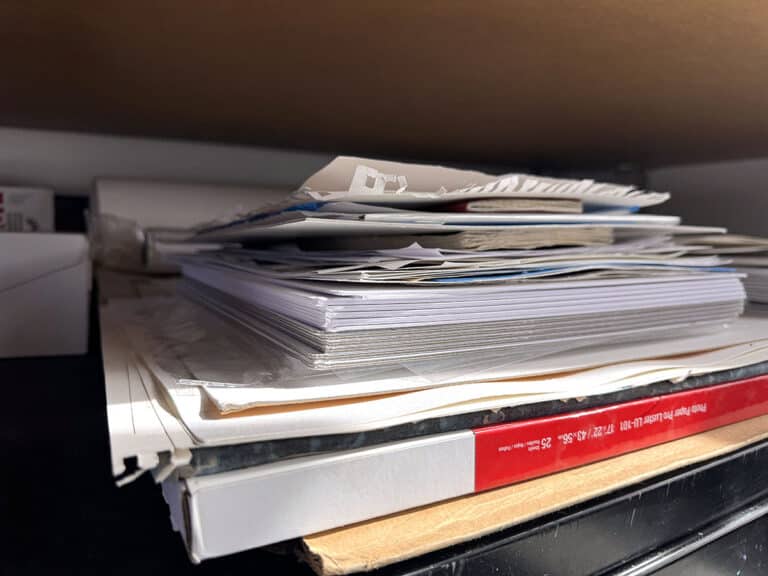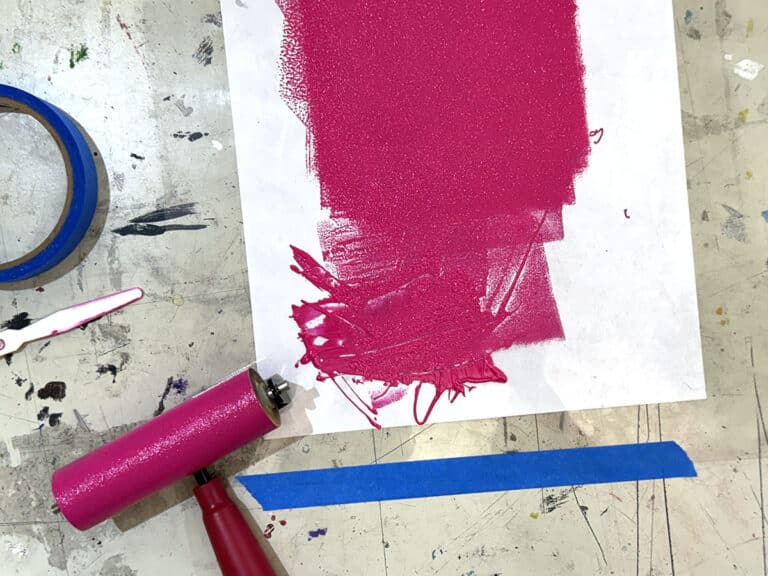Watercolor is in almost every art room, tucked in back cabinets and just waiting to be used. But how often do we really use watercolor with our students? If you think it’s an ordinary supply, keep reading to unlock watercolor’s hidden potential. Or, if you think watercolor is frustrating and hard to control, keep reading to discover how to loosen up and work with this underrated material.
If one of those two scenarios resonated with you, know you are not alone. I used to be a hater of watercolor! Through AOEU’s Studio: Painting – Watercolor course, I was guided by a helpful and encouraging instructor. I also was able to designate time to experiment with the medium. If you would like a more immersive watercolor experience, connect with an admissions counselor today for more information.
Let’s take a look at seven reasons why you should love watercolor!
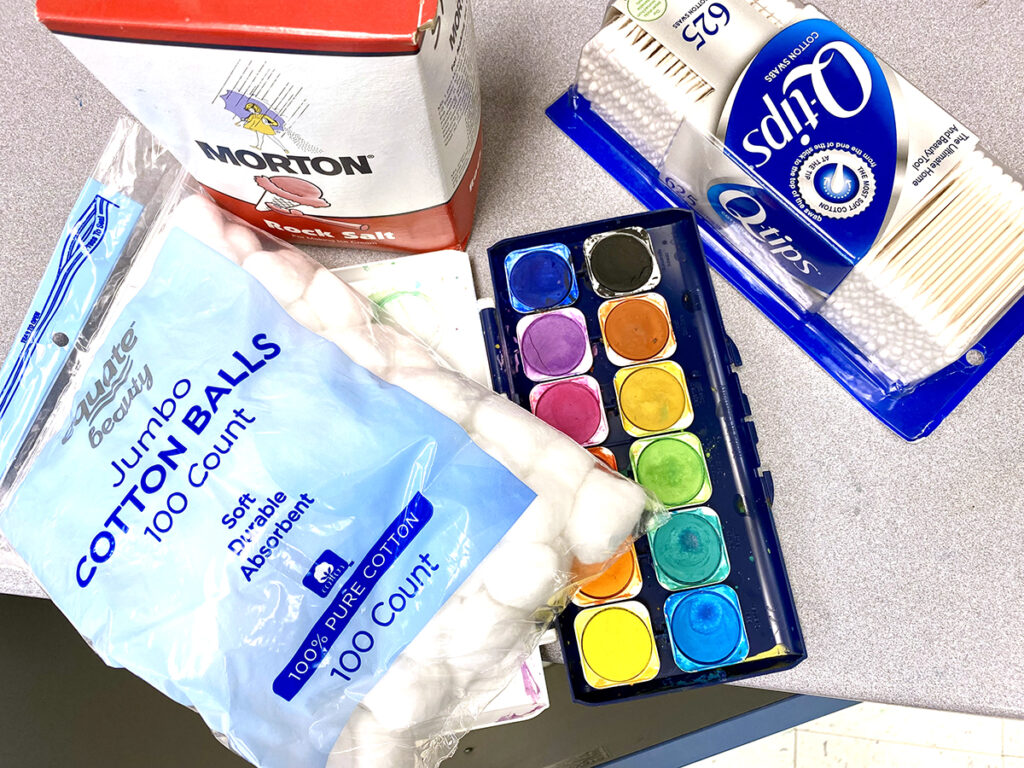
1. Fast Dry Time
Art classes can run anywhere from 30 to 90 minutes if you are on a block schedule. One positive of watercolor is that it dries very quickly, so students can finish projects faster and play with layering. To speed up the drying time even more, ask for donations of new or used hair dryers to set up a drying station. You can also use the hair dryers to move paint around the paper for unique mark making.
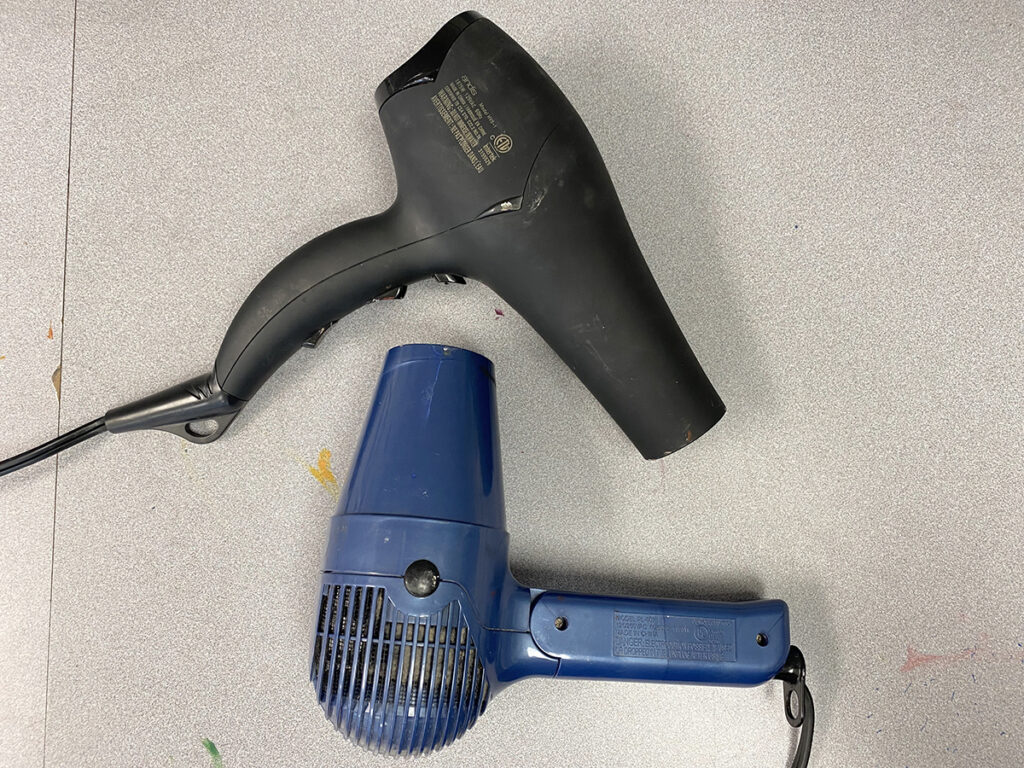
2. Easy Cleanup
Paint brushes are hard to clean, especially with a class of thirty or more students. We do not have time to go through a sink full of brushes every class! Luckily, the characteristics of watercolor make the cleanup process simple for everyone.
Here’s how to avoid students crowding at the sink. Give students two water cups: one for dirty water and one for clean water. This keeps them from changing out their water all the time and keeps brushes clean for longer. It also decreases the need to rinse brushes out in the sink at the end of the period.
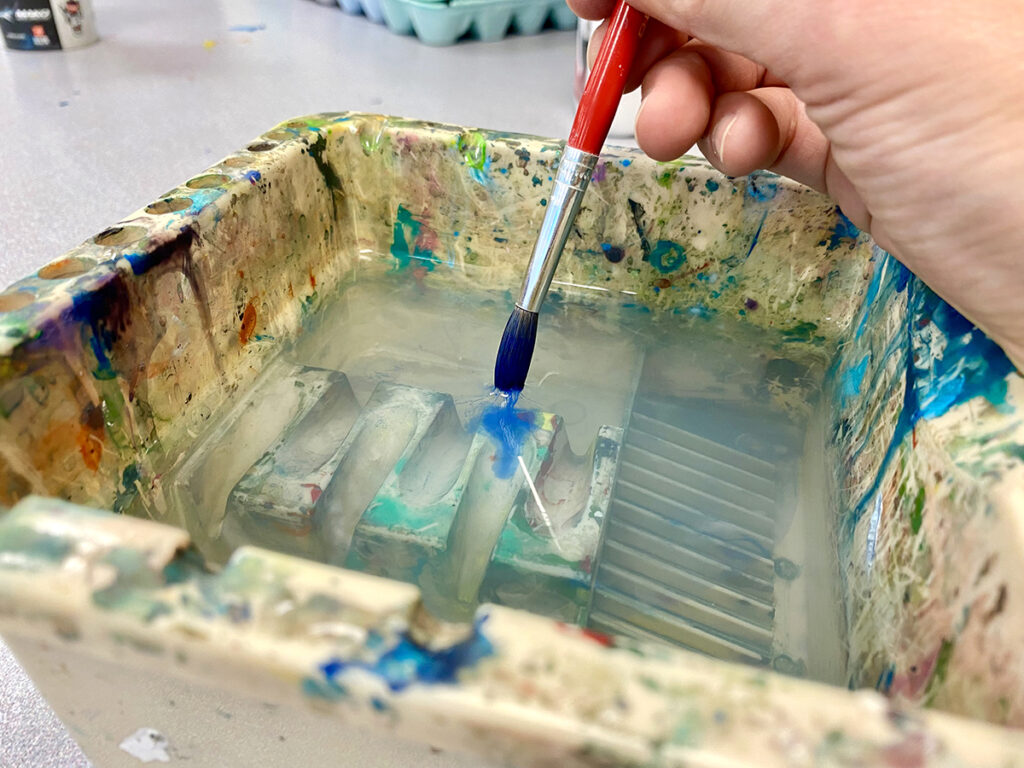
3. Variety of Techniques
There are a multitude of watercolor techniques! And because of its fluidity, it can be very unpredictable, creating many fun opportunities for play. This creates a failure-free environment because students have multiple options to find a technique they will be successful with.
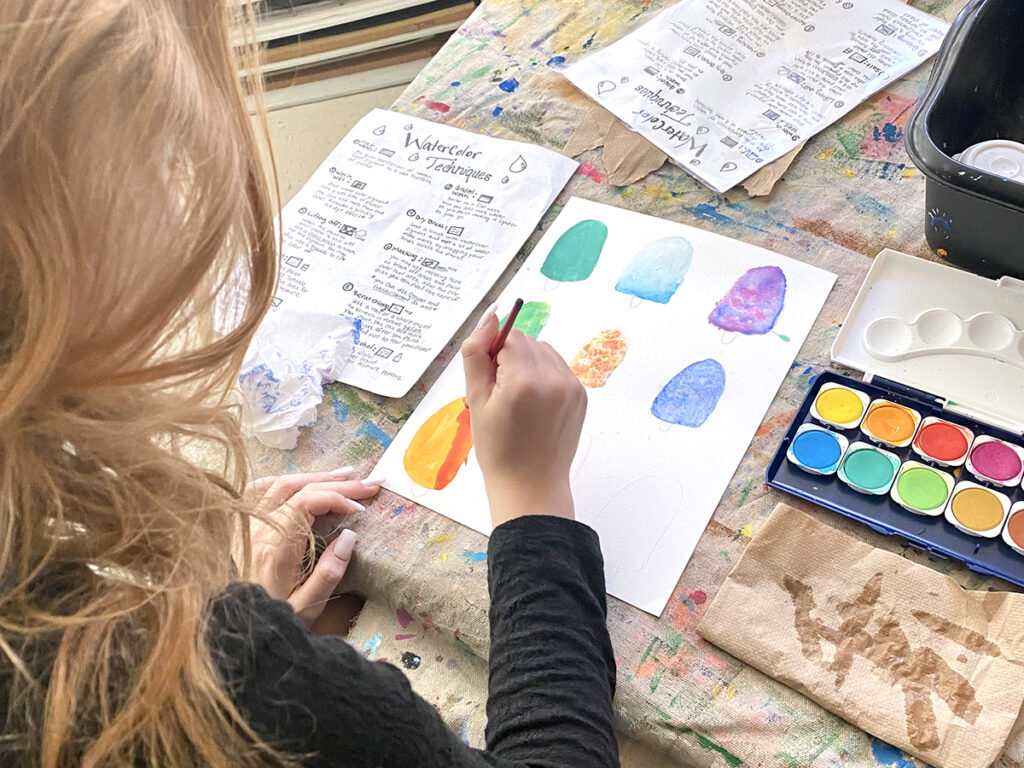
Here are some common watercolor techniques:
- Flat wash
- Graded wash
- Wet in wet
- Salt
- Rubbing alcohol
- Sgraffito
- Masking
- Lifting/blotting
- Plastic wrap
- Splattering
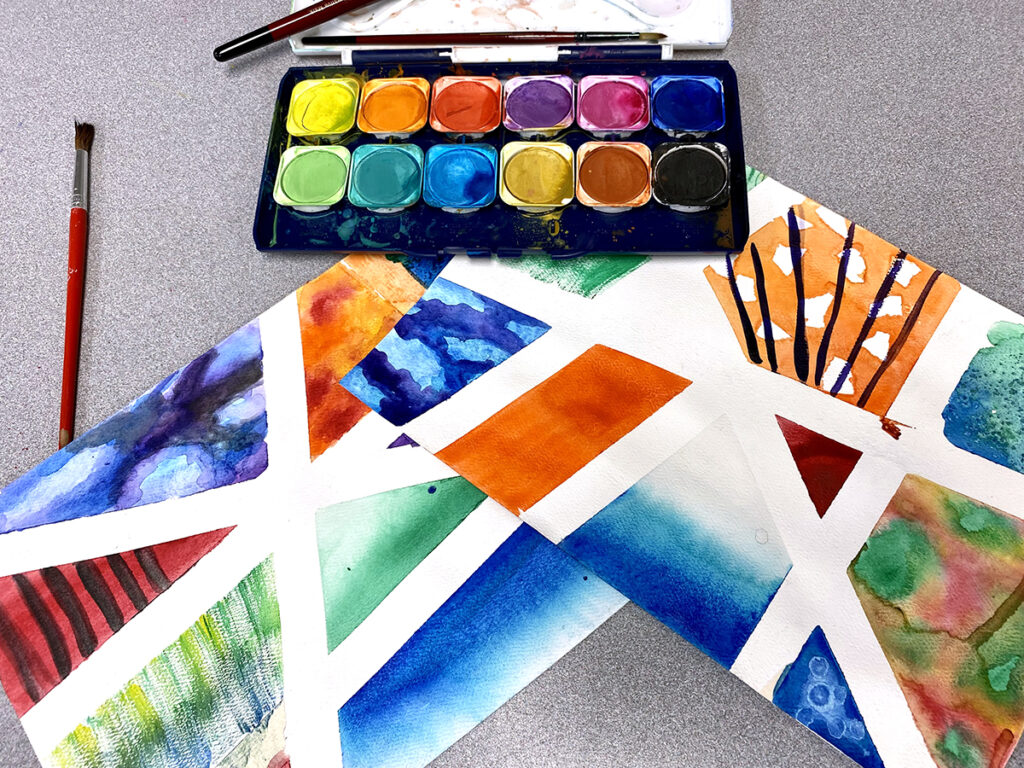
4. No Room for Perfectionism
How many times have you heard the following questions? What do I have to do to get this checked off the list? What is the “right” answer? What will get me a good grade? Many of our students tend to focus on the “bottom line” and the bare minimum to get by. Watercolor encourages students to let go of perfectionism, which is why many students may initially resist this medium.
To help students relax and let go of some of their inhibitions, create experiment- and play-based days with watercolor. Students try out different techniques on a large piece of paper. At the end of class, cut up the paper and use it for paper weaving, collage, or a background.
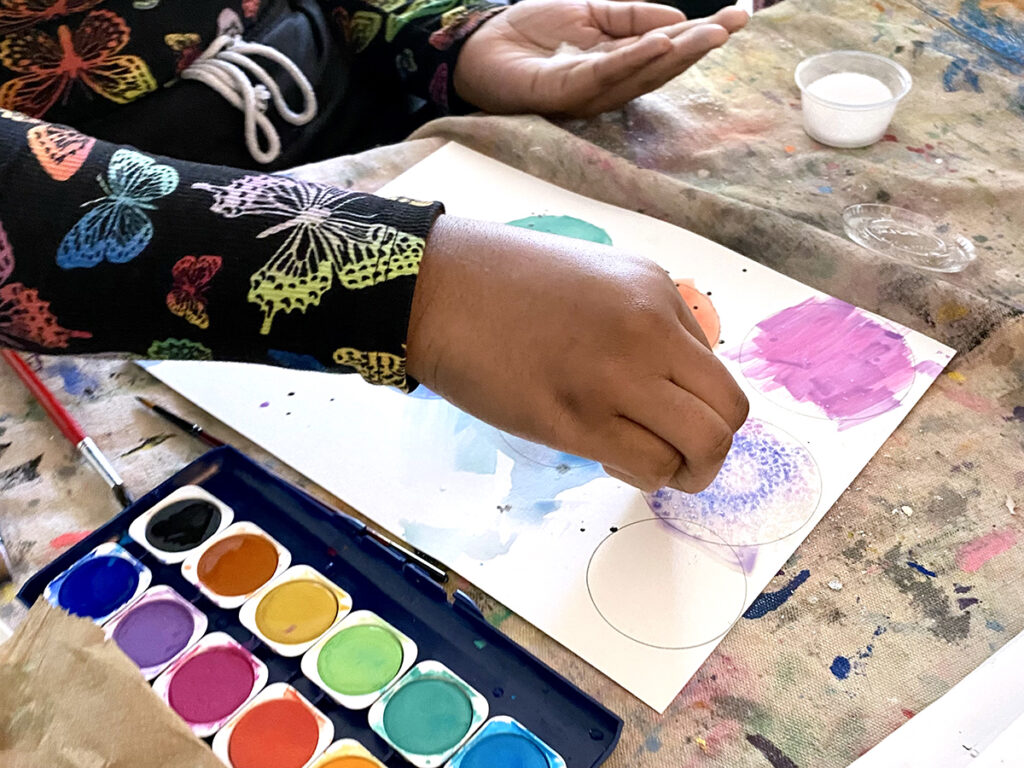
5. Range of Cost and Quality
There is a huge range in price and caliber when it comes to purchasing watercolor paints and paper. We are able to pinch our art classroom pennies and still provide a quality experience for our students. On a tight budget, Crayola® watercolors on thick drawing paper can work with great success.
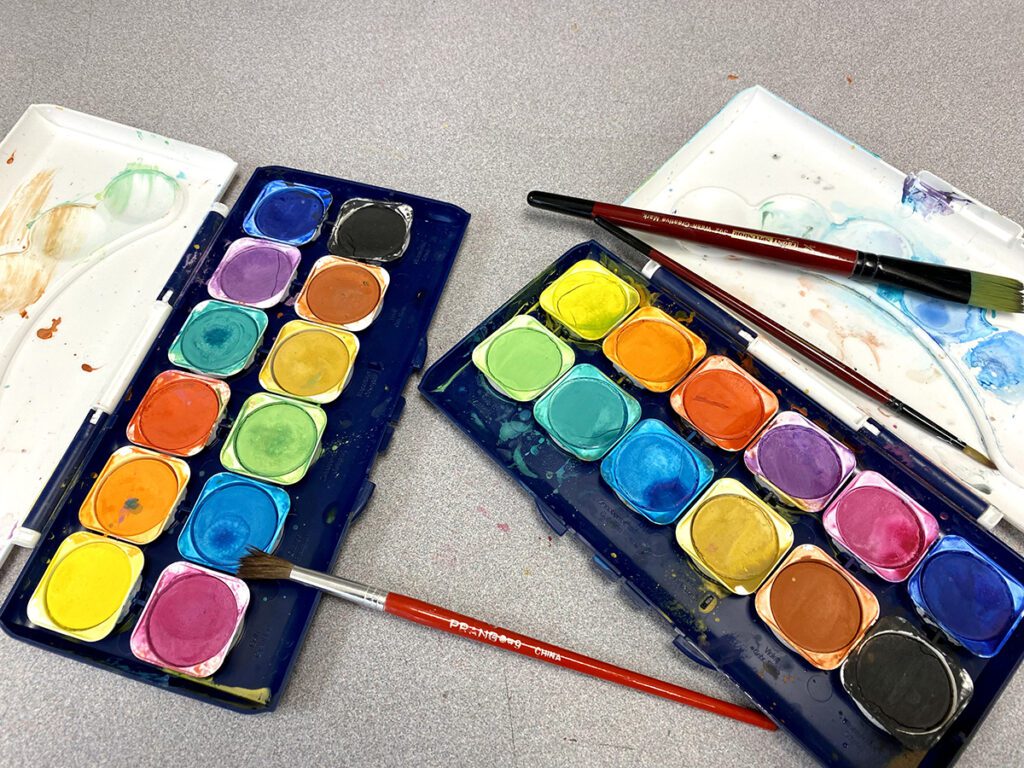
6. Success at Any Age
Watercolor is a medium in which all students can achieve an age-appropriate level of mastery if given the opportunity. With younger painters, limit color choices to avoid muddy colors. Check out the watercolor palette hack below to make custom color schemes. Add more techniques and color schemes into students’ repertoire as they get older and more proficient. Additionally, you can increase the size and type of paper as students get more comfortable with the medium.
7. Combines Well With Other Media
It can be fun to create with just watercolor. However, there are endless possibilities when combined with other mediums! Mixing materials adds complexity and encourages students to experiment.
Below are other options that pair well with watercolor:
- Glue
Draw glue outlines or designs on watercolor paper to create a glue-resist. - Colored Pencil
Add details or shading on top of a watercolor painting or top off a colored pencil drawing with a watercolor wash to fill it in with richer color. - Permanent Marker
Outline and draw smaller details to “clean up” an artwork or add texture. - Tempera
Add a dab of white tempera for a quick highlight or reflection. Tempera paint can also add an opaque layer if any areas are too thin or transparent.
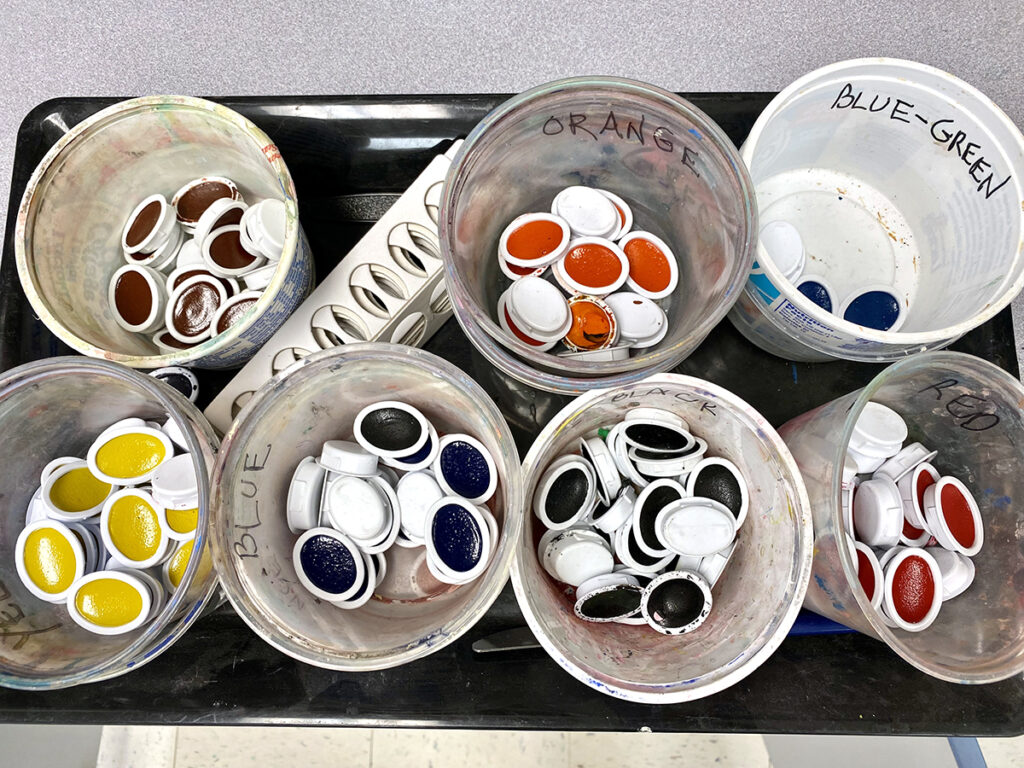
Hopefully, by this point, you have come to see how wonderful watercolors are! Even if you haven’t come over to Team Watercolor yet, you can still try many of these ideas in your classroom. Start small and integrate one or two techniques before diving in all the way. Watercolor is a magical medium that invites flexibility, exploration, and success for all ages and ability levels. Let your students in on some watercolor magic today!
And if you are a watercolor fanatic looking to deepen your watercolor knowledge, check out the following resources:
- 5 Ideas to Improve How You Teach Watercolor
- Does Anyone Actually Enjoy Watercolor? (Ep. 117)
- Elementary Watercolor Basics Pack in PRO Learning
- Exploring Color Theory through Watercolor Pack in PRO Learning
- Watercolor Painting Basics Pack in PRO Learning
Share your favorite watercolor lesson to teach!
What is another medium that pairs well with watercolor?
What else would you add to this list?
Magazine articles and podcasts are opinions of professional education contributors and do not necessarily represent the position of the Art of Education University (AOEU) or its academic offerings. Contributors use terms in the way they are most often talked about in the scope of their educational experiences.
